Art Basel OVR:20c: 21st-century tech in the service of 20th-century art

Roula Khalaf, Editor of the FT, selects her favourite stories in this weekly newsletter.
It is out with the new and in with the relatively old this week as Art Basel shifts gear. Last month the fair’s organisers brought us an Online Viewing Room (OVR) dedicated only to work made this year. Now it focuses attention on 20th-century art for its “OVR:20c”, which runs October 28-31.
With 100 years of work to choose from, the 20th century is very open to interpretation. At auction this tends to get split between modern art — dating from just before the turn of the century (to encompass Impressionism) to the second world war — and postwar art, which in recent years has joined forces with contemporary art to create a wider sector for blue-chip art. Increasingly, and as seems to be the case this season, all three sectors are combined, for maximum material.
“The obvious truth is that there is less and less supply,” says Lucy Mitchell-Innes, co-founder of Mitchell-Innes & Nash gallery and a member of the selection committee for OVR:20c.
For exhibitors on Art Basel’s latest platform, the 20th century still offers alternative opportunities. One accelerated trend that Mitchell-Innes has spotted is an increasing number of works from the century’s later decades on the market.
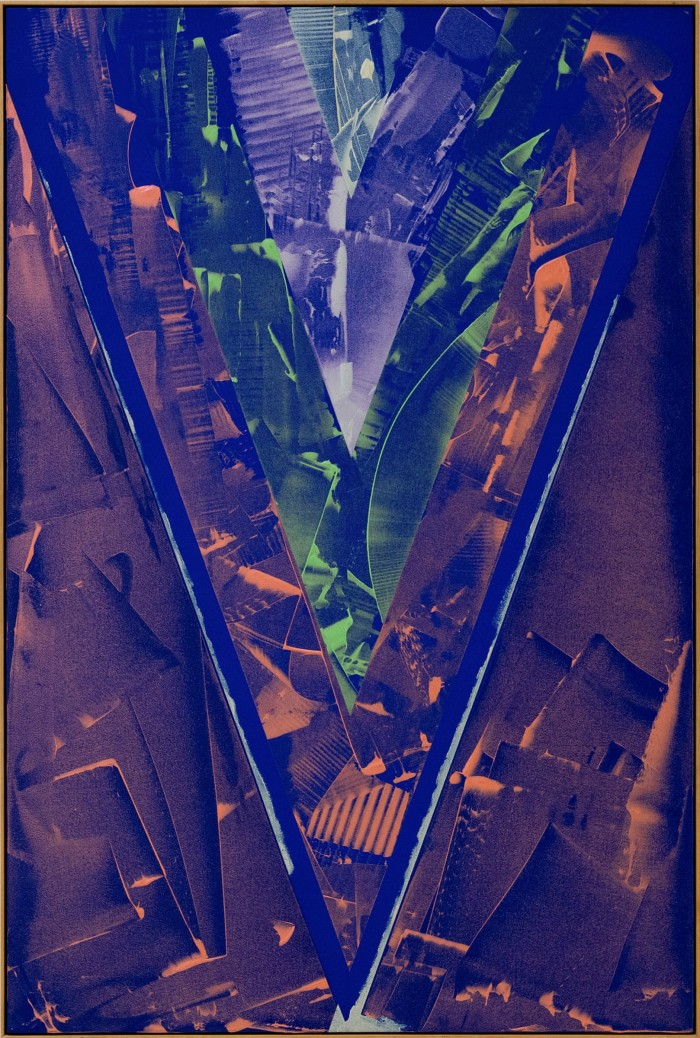
“There’s a move away from the 1950s and ’60s towards work from the later years,” she says. This isn’t just a question of supply but also, she adds, a shift in taste: “The next generation of collectors wants to buy from its own time.” At Almine Rech gallery’s virtual booth, for example, works include Kenneth Noland’s “Native Clown” (1986) and Tom Wesselmann’s “Study for Mixed Bouquet” (1998), each priced between $120,000 and $150,000.
For many of the exhibiting dealers, OVR:20c is an opportunity to give some of the century’s arguably overlooked artists their time in the digital spotlight. It’s another extension of an existing trend, but also a strategy that gets to the heart of how dealers are approaching the relatively low-cost marketing potential of OVRs.
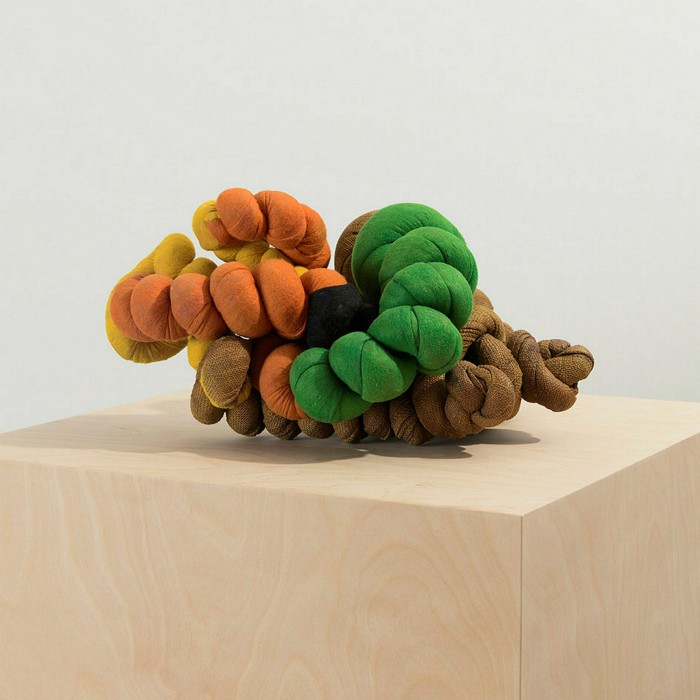
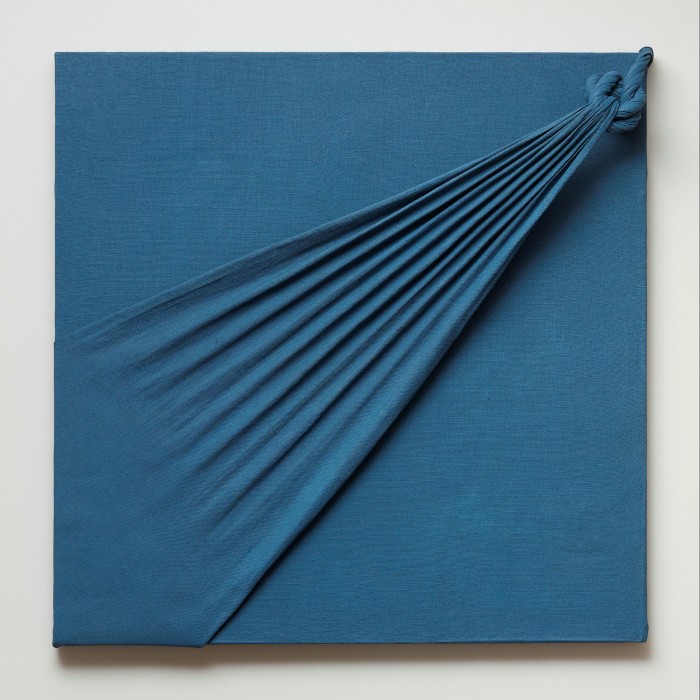
“They’re an effective way to introduce an artist to an enormous audience,” says the London gallerist Timothy Taylor. He dedicates his six-work allocation to one artist, the Peruvian Jorge Eielson, whose minimal, textured Arte Povera pieces from the 1960s and ’70s “fit beautifully into the moment”, Taylor says (price range $28,000-$170,000).
Johann Koenig zones in on the living German painter Karl Horst Hödicke, who has had increasing institutional and auction interest (€26,500-€66,500). Mendes Wood DM brings a mixed booth, of which founding partner Pedro Mendes highlights the Afro-Brazilian artist Rubem Valentim, who recently had a major exhibition at the Museo de Arte de São Paulo.

“It is only fairly recently that both curators and collectors alike are beginning to grasp his significance in the story of geometric abstraction in Brazil and throughout the world,” Mendes says. Valentim’s clear shapes and blocks of colour also happen to look very good on a screen (1980 works are offered at $70,000 each).
A happy side-effect of rediscovery has been the unearthing of other black and female artists, who feature strongly among OVR:20c’s 100 galleries.
“The opportunities for many artists were historically limited, but there has been a significant shift as institutions want to reflect the demographic of their communities more and tell the full story,” says Halley Harrisburg, director at Michael Rosenfeld Gallery. The gallery’s virtual booth explores American portraiture and includes four black artists.

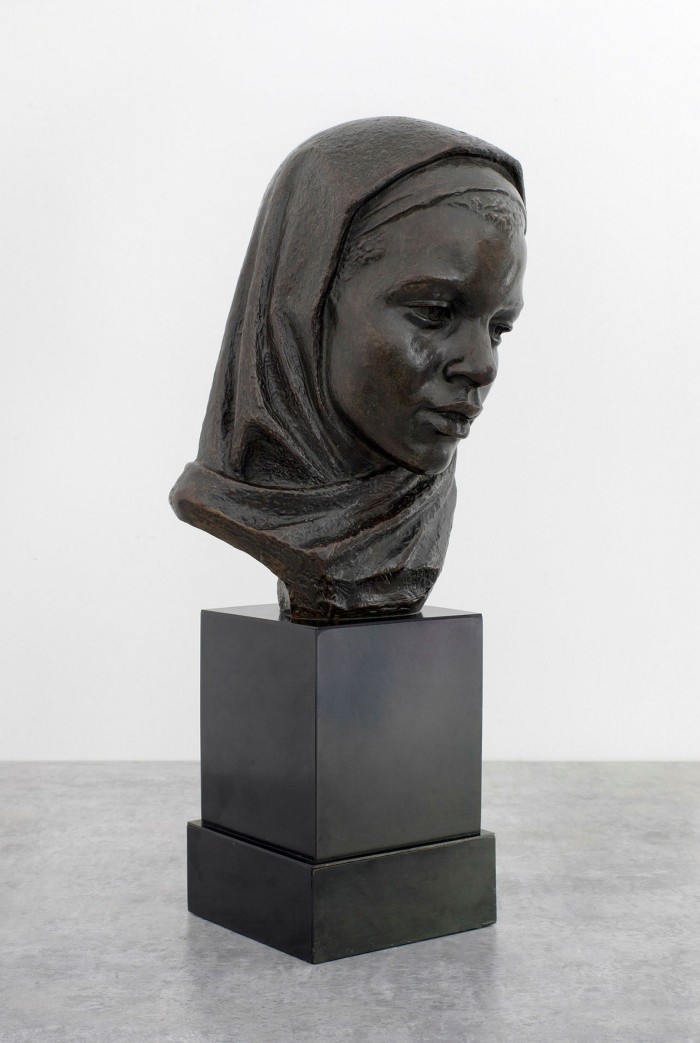
Martos Gallery just gets under the timeline radar with six works from 1999 by the in-demand Detroit artist Tyree Guyton, including paintings on car hoods ($40,000 each) and a sculpture based around a burnt-out oven, “The whole world on fire” ($65,000).
Meanwhile, the ever-inventive Neugerriemschneider gallery — which livestreamed its artist Rirkrit Tiravanija making work for Art Basel’s OVR:2020 — plans to screen live performances by the Noa Eshkol Chamber Dance Group in front of six wall carpets that Eshkol made alongside her musical compositions (€20,000-€30,000 each).

The lower price levels of lesser-known artists are in keeping with the online buying trends of 2020. According to the recent Art Basel & UBS report on the impact of Covid-19 on the gallery sector, the most frequent price range for sales made online in the first half of this year was between $50,000 and $100,000 while all purchases, made offline and online, were predominantly in the $100,000 to $250,000 bracket.
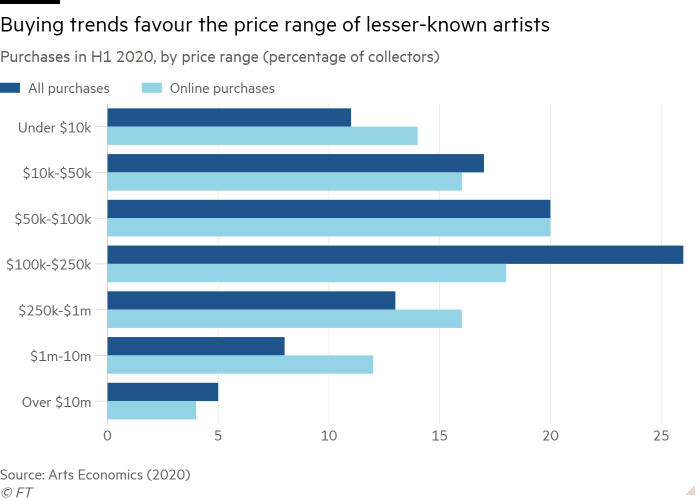
“It can sometimes be very quick to sell a younger or lesser-known artist at a reasonable price. More established artists, with works that are more expensive, can take much longer,” Rech says.
There are also other channels for the higher end sales. Auctions, even conducted virtually, still seem to grab attention at pricier levels. At Christie’s 20th-century evening auction earlier this month, the average selling price per work was $5.8m, including withdrawn and unsold lots. The private market too is reportedly still in decent health.
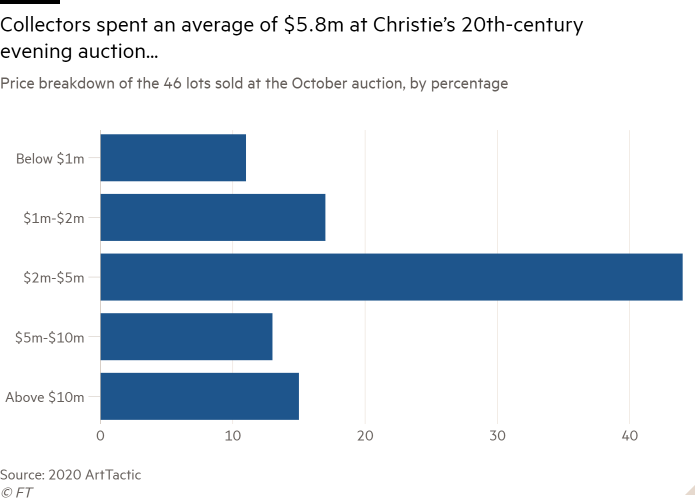
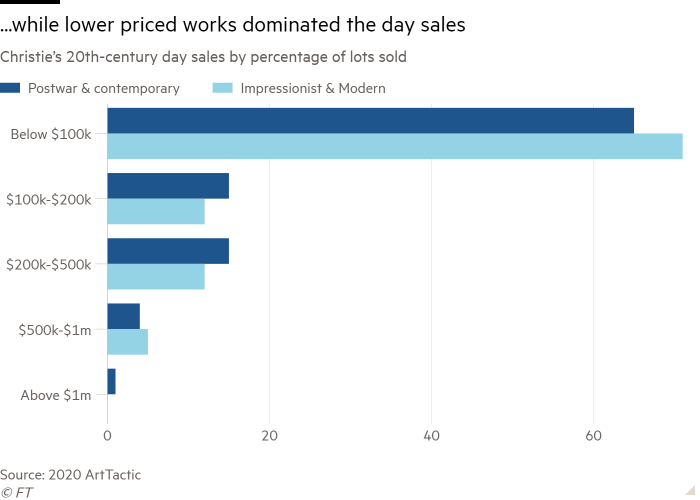
“Not everybody wants to buy online. It’s partly generational but a lot of the highest-level collectors still want the opportunity to see works or have works seen by people they trust,” says the private art adviser Melanie Clore, co-founder of Clore Wyndham.
This isn’t stopping some dealers this week. Xavier Hufkens has six paintings from six decades by Alice Neel, starting in 1934 and priced up to $1.2m. Ben Brown Fine Arts combines two blue-chip artists, Lucio Fontana and Alexander Calder to trace the development of modernism between 1940 and 1969. Their works are priced up to €3m.
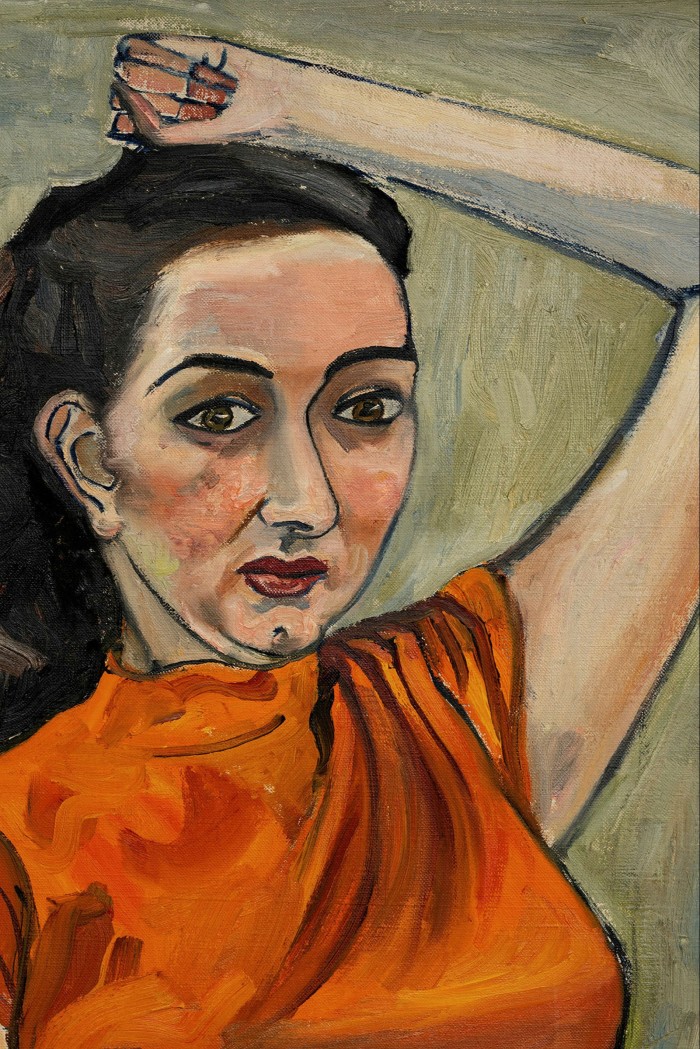
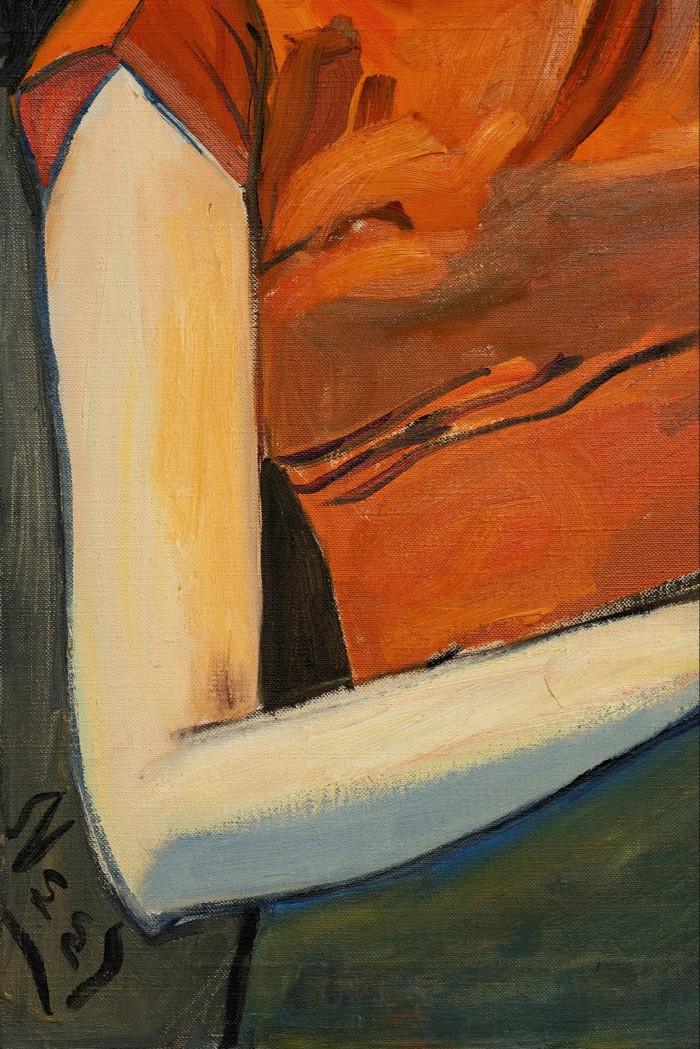
“Given the lack of real-life fairs, I feel very strongly that the galleries are ceding sales to the auction houses who can afford much better digital policies than we can. If we are to take back some of the higher-end territory to entice the wealthier collectors back to the galleries then we need to show really great material,” Brown says.
Whichever strategy galleries take, there is gratitude for the 21st-century inventions for their 20th-century fare just now. “One good aspect of this terrible pandemic situation is that we have technology and all these tools to continue functioning,” Rech says. “Could you imagine going through this even just 10 years ago? It would have been devastating for the art market.”
October 28-31, artbasel.com/OVR:20c

Comments